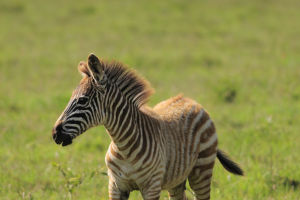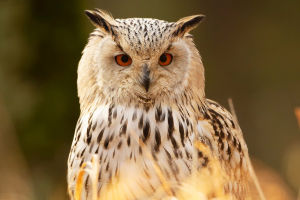In the field, we can always see a few white birds around the buffalo, small and heron-like, especially during the spring plowing time. They like to follow the farmers. This is because, during spring plowing, a large number of animals and insects in the soil are turned out by the plow, all of which are the favorite food of this bird.
This bird, which likes to stand on the backs of cows, is the cattle-backed heron. They can prey on the parasites on the backs of cows, as well as the animals and insects that fly out when the buffaloes are disturbed by walking.
On the other hand, the cattle-backed heron can help the buffaloes drive away the flies and insects on their bodies and act as a guard for the buffaloes. This is a mutually beneficial symbiosis between cattle-backed herons and buffaloes, which is very interesting.
Cattle-backed herons are large birds belonging to the heron family. They have a majestic appearance, with a body length of over 1 meter and a wingspan of about 1.7 meters. Cattle-backed herons are mainly found in East and South Asia, including China, India, Bangladesh, Myanmar, and Vietnam. In China, they are found in South China, East China, South China Island, and Taiwan.
Cattle-backed herons have a white head, neck, and thorax, black back and wings, and a yellowish belly and tail. Cattle-backed herons display amazing brilliance when flying. With their large wings, cattle-backed herons have a very steady curve and graceful posture in flight, making them very valuable to watch.
Cattle-backed herons prefer to roost in wetlands, rivers, lakes, and other bodies of water, and they mainly feed on fish, frogs, and insects.
In their habitat, they will choose an open area and nest on the ground. During the mating season, the herons will find a suitable partner to start mating with, and usually, only two eggs are laid per pair. The hatched young will usually grow up under the protection of their parents. Cattle-backed herons can live to be over 20 years old.
In addition to their spectacular and graceful flight, cattle-backed herons have a number of other unique features. Inside their mouths are "trumpet"-shaped throats that allow them to make high-pitched calls and breathing sounds, which help them attract mates and warn others during the breeding season.
Cattle-backed herons also have an excellent ability to adapt to their environment, quickly adapting and evolving adaptive traits in different habitats. They often need to adapt to hot and humid climates and can survive in more polluted water environments. As a result, their feeding habits and ecological habits differ from those of their close relatives in other areas.
Although cattle-backed herons are relatively common birds, their numbers are declining. The destruction of their habitat by human activities, overhunting, and the effects of pollution are threatening their survival.


